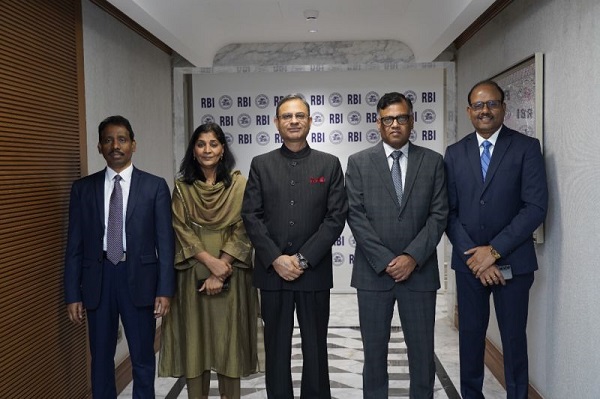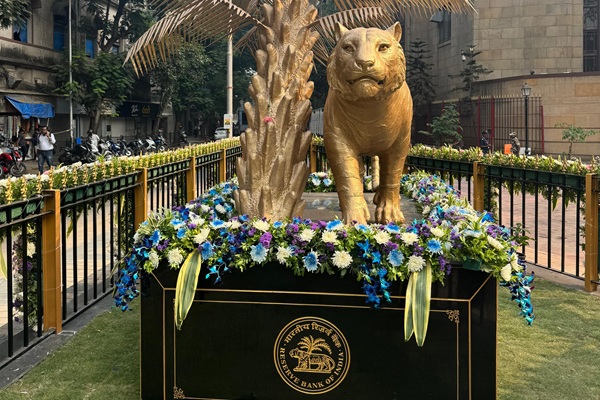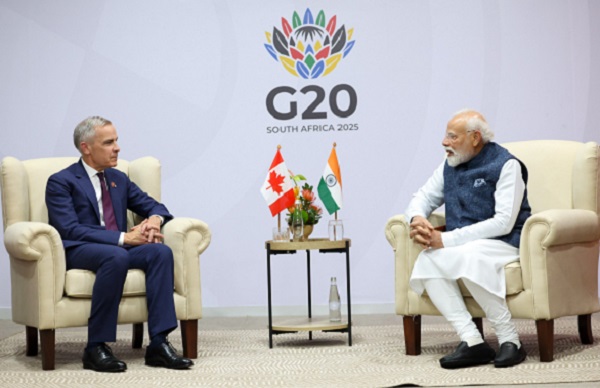.png)
June 13, 2025 at 8:08 AM IST
With India’s automobile sales at an inflection point, a report by Kotak Institutional Equities suggests that a cut in fuel prices could provide a significantly larger boost to vehicle demand than interest rate reductions.
According to the report a ₹4 per litre cut in fuel prices could reduce the total cost of ownership for two-wheelers and passenger vehicles by up to 3%, while a 100-basis-point cut in interest rates would only reduce ownership costs by 0.5–1%. The implication is clear: if policymakers want to spur consumer spending and revive vehicle demand, slashing petrol and diesel prices offers far more bang for the buck than tweaking repo rates.
The Reserve Bank of India has cut its repo rate by 100 bps since February to boost growth as inflation has stayed below its medium-term target of 4% for the past few months.
In absolute terms, the report shows that the average five-year fuel cost for a Maruti Swift buyer in Delhi is nearly ₹420,000, more than half the vehicle’s ex-showroom price. In contrast, the interest cost over a typical car loan tenure is under ₹110,000. This makes fuel price movements a much stronger lever on consumer behavior than monetary policy actions alone.
“The ownership cost is highly sensitive to retail fuel prices, especially in urban and lower-income segments. A meaningful reduction in fuel rates will immediately lower household outgo,” the report said.
Fiscal Opportunity
The Kotak team estimates that the government can pass on ₹1.1–1.3 trillion in annualised savings to consumers by reducing fuel prices to import parity levels, bringing oil marketing companies’ marketing margins down to a normal ₹3–4 per litre. These savings alone could provide a 0.3% boost to GDP, it said.
Despite falling crude prices, retail petrol and diesel prices have remained high due to elevated margins for OMCs. In 2023-24, these companies reported super-normal profits on the back of high retail fuel prices.
The report also assessed other potential measures such as a cut in GST rates. A full pass-through of the ₹1.2 trillion savings through GST cuts could lower the effective GST rate by just 65 basis points—from 11.5% to 10.9%. However, such indirect benefits are less likely to influence high-cost consumer durable purchases like vehicles.
The report also notes that the government has the fiscal room to implement such a cut. Lower-than-expected capital expenditure on new initiatives like AI and R&D could free up funds. The report recommends a mix of broad-based GST relief and targeted fuel price cuts, particularly in mass consumption categories.
As the RBI holds its ground on rate cuts amid disinflationary trends, the ball may now be in the government's court to complement monetary easing with fiscal moves that directly support consumer pockets—and vehicle sales.



